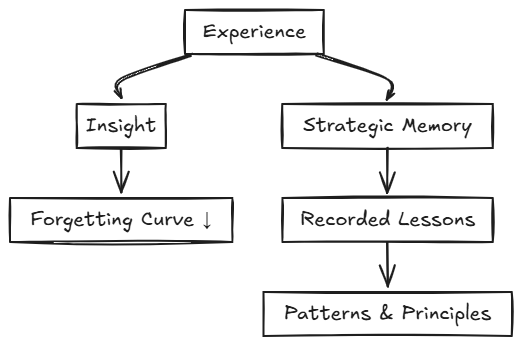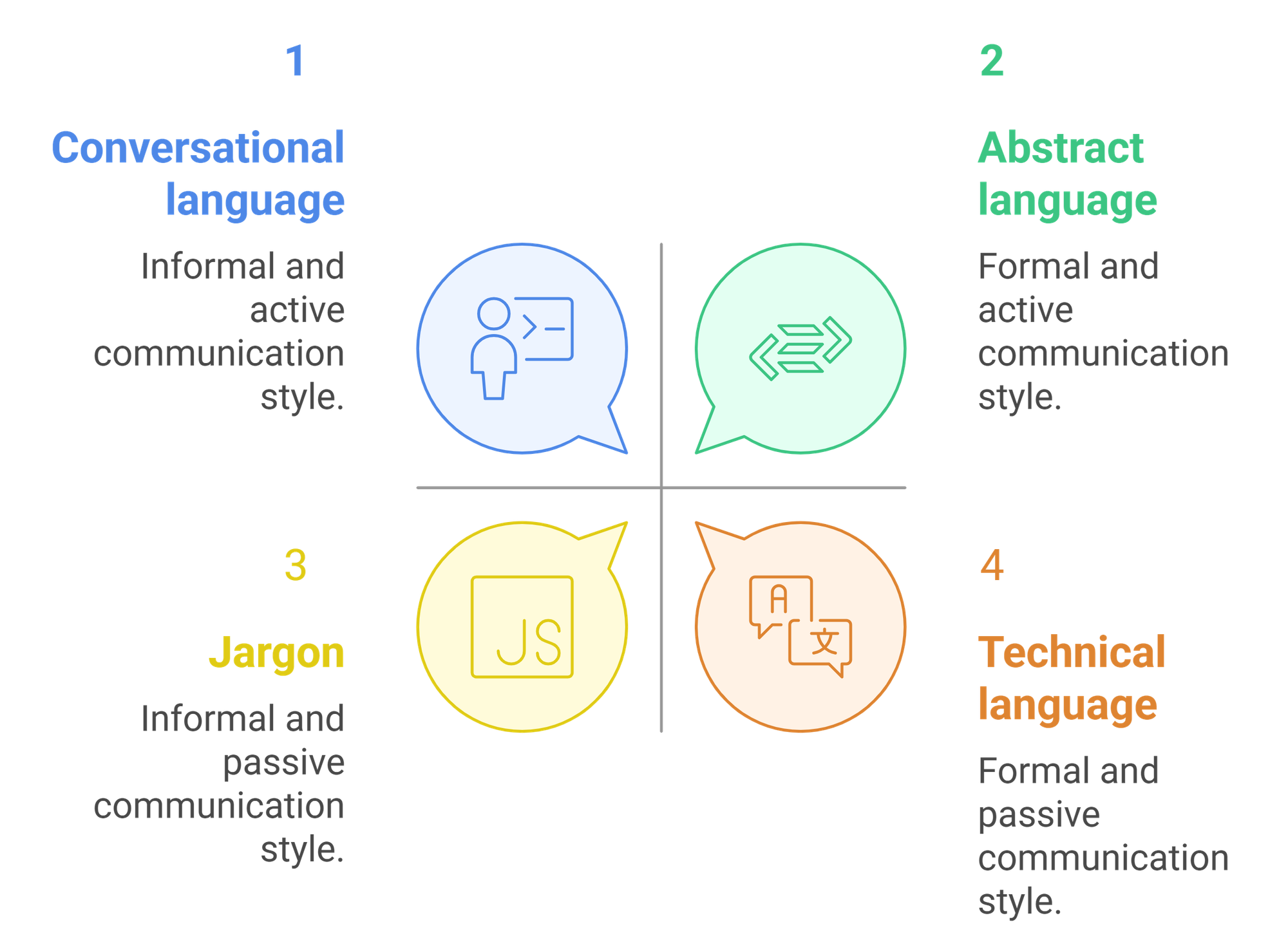Why I Write: Building Strategic Memory
This blog isn’t about building a brand. It’s how I preserve the thinking behind decisions.

Three months ago, I lost two hours chasing a decision I couldn’t explain.
Not what I decided. Why I decided it.
I had the files. Meeting notes. Code. Everything was documented.
But the thinking behind it? Gone.
That’s when it hit me: smart decisions fade fast if you don’t write down the reasoning.
This blog is my fix for that problem.
What Is Strategic Memory?

Most people take notes to remember facts. I write to remember how I think.
Strategic memory is different from regular notes. It captures the why behind decisions. The trade-offs. The constraints that shaped the choice.
It’s like version control for your brain.
When you’re dealing with complex work, building products, doing research, and making ethical decisions, you need to remember not just what worked, but why it worked.
Your brain forgets the messy parts. Writing keeps them.
Why This Matters for Builders
I’m juggling multiple projects: academic research, product development, and ethical frameworks.
Each one comes with its own logic.
Without writing, I make decisions that contradict each other. I solve the same problem twice. I forget lessons I already learnt.
That’s expensive. And stupid.
Writing forces consistency. It makes my reasoning visible, even to myself.
My Multi-Context Problem
Here’s my situation:
- PhD work that needs academic rigor
- Product decisions that need practical sense
- Ethical choices that need principled thinking
- Strategic moves that need long-term vision
Each context pulls me in a different direction.
Academic writing wants complexity. Product decisions need speed. Ethics wants perfection. Strategy wants flexibility.
Writing helps me stay coherent across all of them.
How This Blog Works
This isn’t marketing. It’s not designed to get followers or build a brand.
It’s infrastructure for thinking.
I’ll write about:

- Mental models: Frameworks to make sense of complex problems
- Trade-offs: Real tensions between competing values
- Decision patterns: Choices made, reasons why, lessons learned
- Abstract principles: General rules distilled from lived experience
Posts come when there’s something worth capturing. Not on a schedule.
Some ideas will be half-finished. Others will turn out wrong. All will be necessary.
The Discipline Required
This approach requires discipline.
It means stopping mid-decision to document your thinking. Making private thoughts clear enough to write down. Capturing insights before they become obvious.
It means treating writing as infrastructure, not communication.
Like backup systems. Like documentation. Essential, not optional.
Who This Is For
If you’re building something complex, something that requires sustained thinking, balances multiple constraints, and can’t be optimised for just one metric, this might help you too.
Strategic memory isn’t just personal. It’s about intellectual honesty.
About admitting that good decisions come from good reasoning. And good reasoning needs to be preserved, not left to fade.
Some thoughts here will be incomplete. Others will evolve. But they’ll all be honest attempts to think clearly about building things that matter.
That’s the experiment. Let’s see where it goes.
If it works, I’ll have a clear record of how I built what matters.
If it fails, at least the thinking won’t vanish with it.
This space stays independent. If it sparked value, you can fuel the next one ⇢
☕ Buy me a coffee



